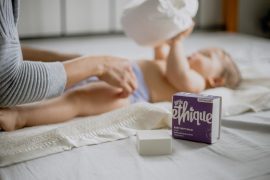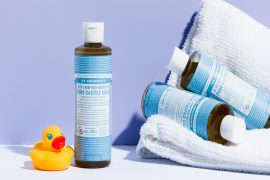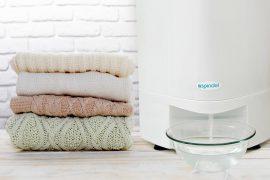By Katherine Greer
Summer is here and we need to protect our own and our children’s skin from excess UV Radiation. Short exposure (5-10 minutes) has therapeutic effects as it improves the production of Vitamin D and this increases calcium absorption however longer exposures can cause severe damage including sunburn and skin cancers.
The environment we are in contributes to the exposure risk. UVB radiation increases 5-10% per 300 meters above sea; reflected UV radiation of snow can be as high as 60% compared to 10% off sand or 2-3 % of grass. Water also reflects a significant portion of UV radiation and both UVA and UVB rays penetrate water.
The best defense to UV radiation after clothing is sunscreen.
Below is a guide on what to consider when selecting your family’s sunscreen.
What to look for in a Sun Screen
- Buy a SPF 30 or SPF 50 broad Spectrum sunscreen. Above SPF 50+ the additional protection is very small.
- Select a water-resistant sports sunscreen for your active family.
- Look for a sunscreen that does not contain the common UVA filter Oxybenzone. Oxybenzone can enter the bloodstream and act like estrogen in the body. It can trigger allergic reactions and has been rated a moderately high health hazard by the Environmental Working Group. Oxybenzone is also the most commonly detected UV filter in marine water samples and is also considered a marine hazard. Oxybenzone leaches the coral of its nutrients and bleaches it white. It can also disrupt the development of fish and other wild life.
- Select lotions over sprays as it is easier to get an even coverage.
- Avoid sunscreens with parabens, alcohol, vitamin A, and sunscreens with insect repellent.
- Select a sunscreen with a natural base especially for children and those with sensitive skin.
- Check the use by date of the sunscreens you buy and don’t use that expired tube left over from last summer!
Sun Safety basics
Remember where possible cover up.
If you can’t avoid the midday sun, put on a sun hat and sunglasses, wear a wetsuit or a long sleeved rash vest when swimming.
Apply your well considered sunscreen generously, 20 minutes prior to UV exposure.
Use lip balm.
Check your skin regularly and have anything unusual seen immediately.
Katherine Greer is Managing Director of Hydro Surf. “When I started surfing 30 years ago, there were no water resistant sunscreens on the NZ market. I sourced Aloe Up, a sports sunscreen made specifically for active people, to protect my and young children’s skins while surfing. Hydro Surf now distributes Aloe Up in New Zealand. For more information including a video on “How to Check for Melanoma” go to www.aloeup.co.nz. Â











